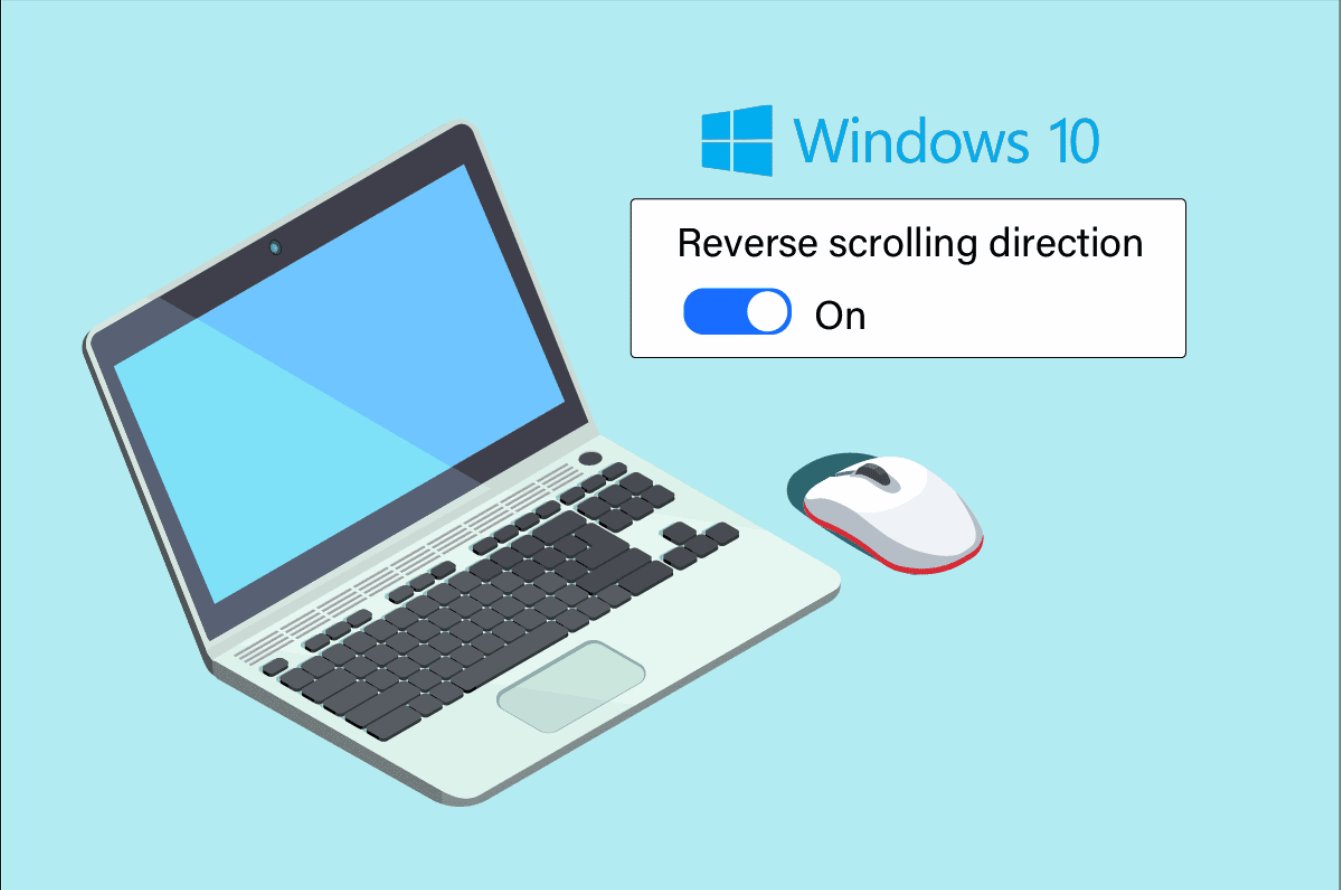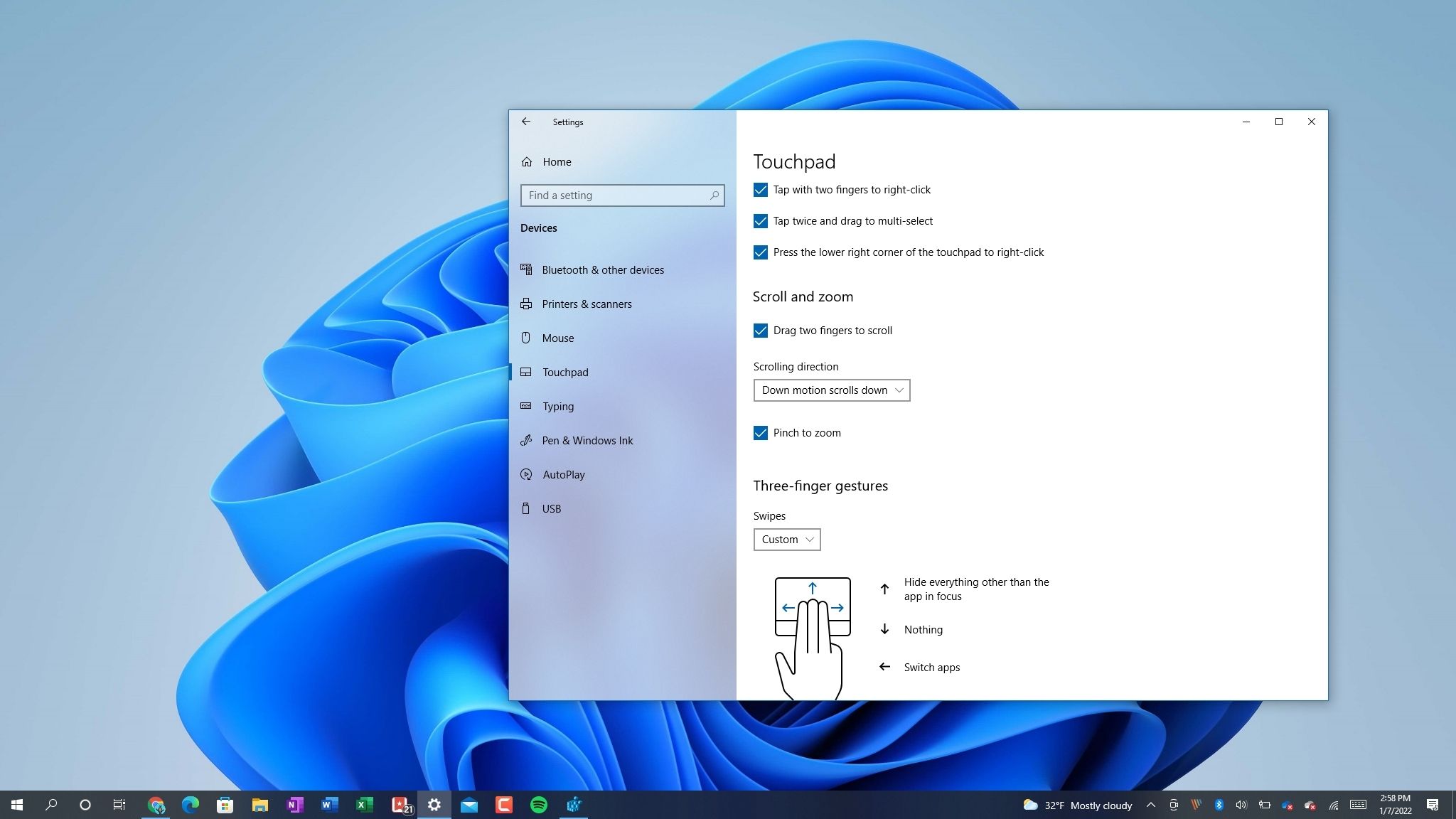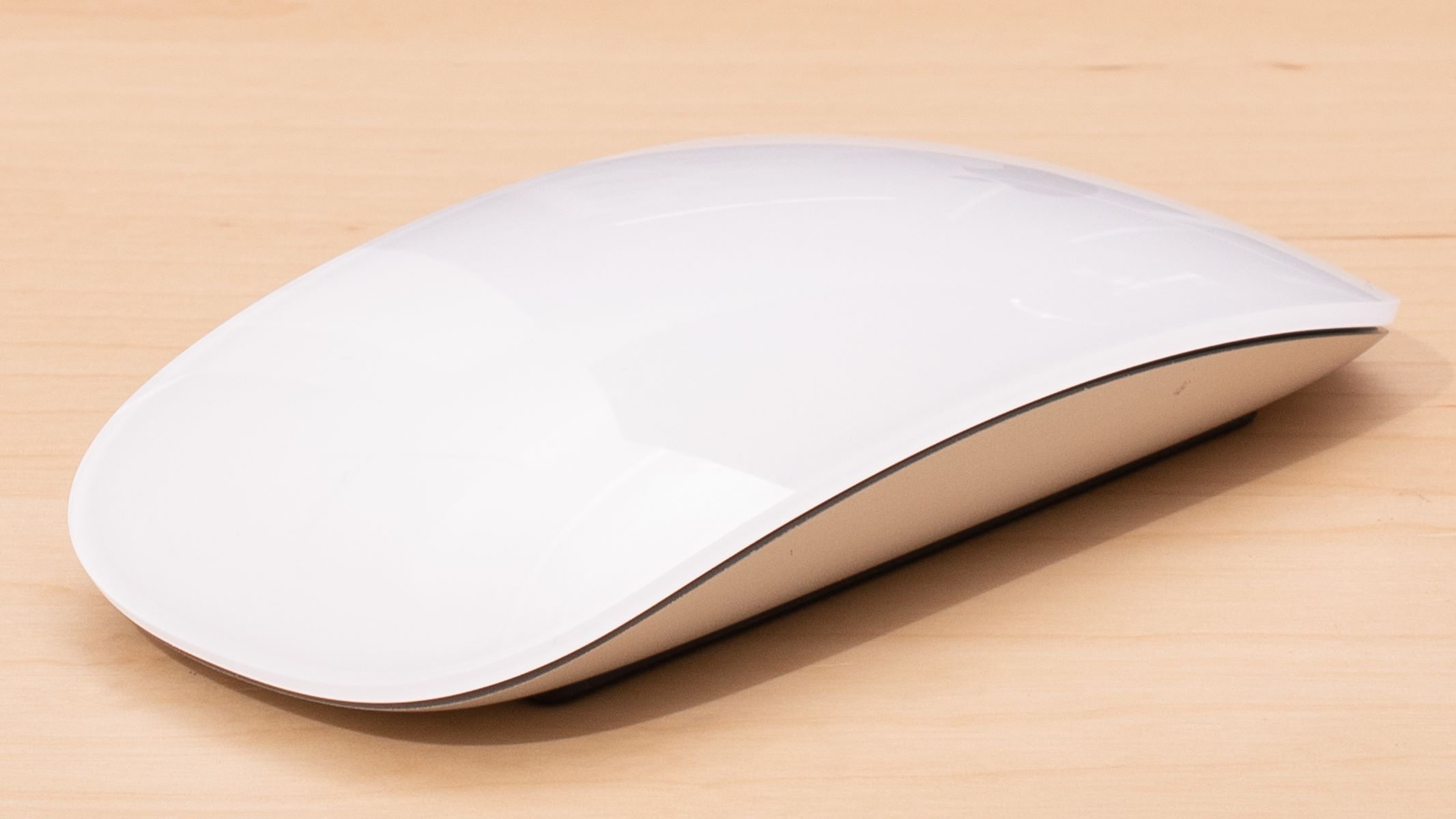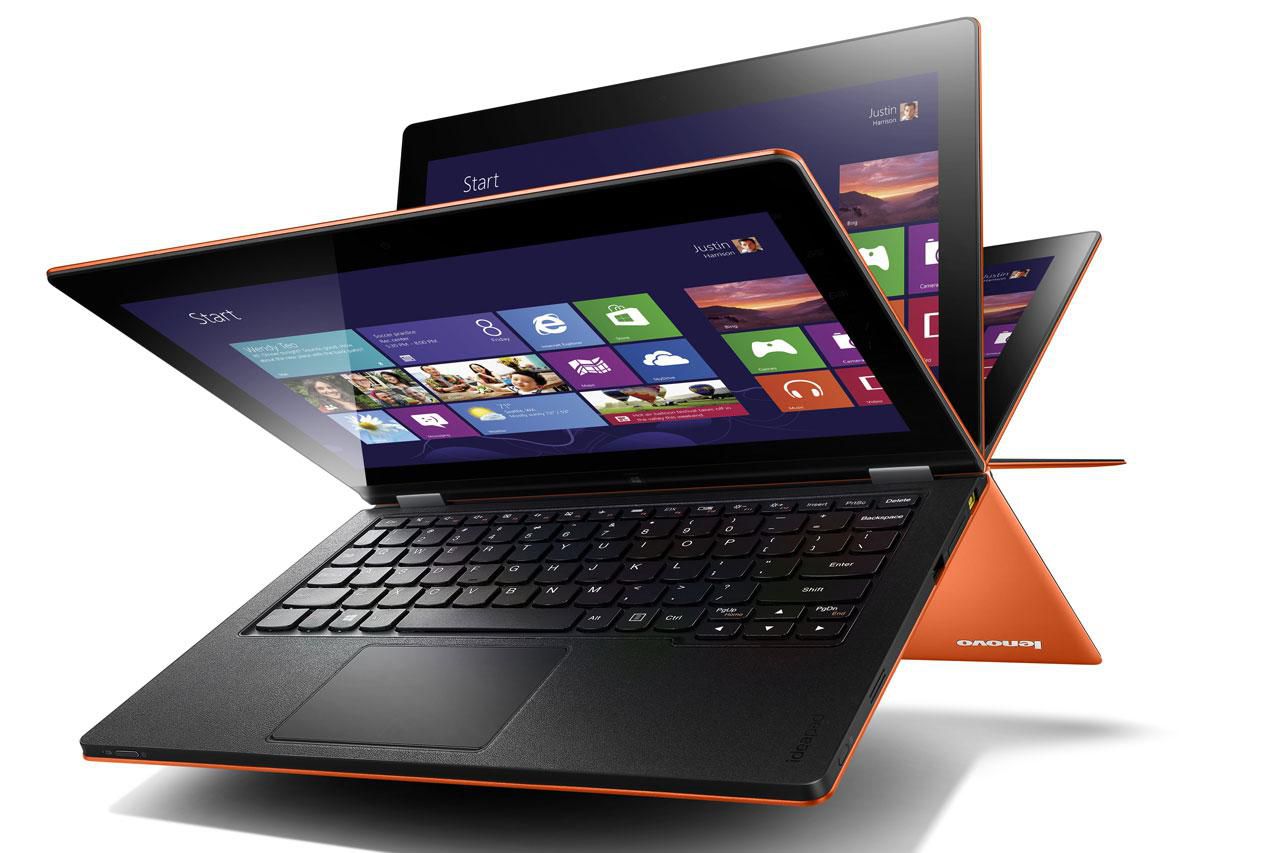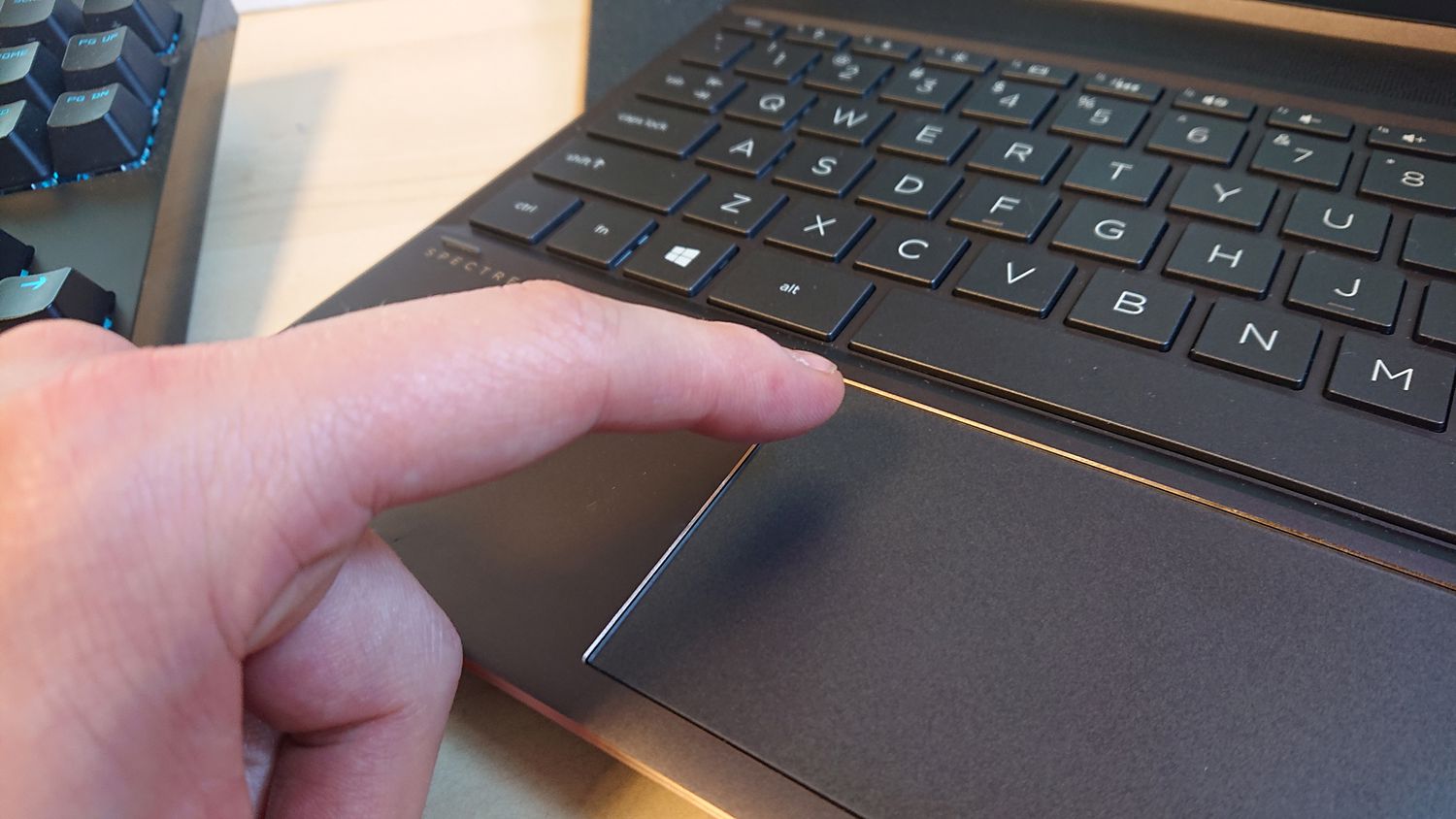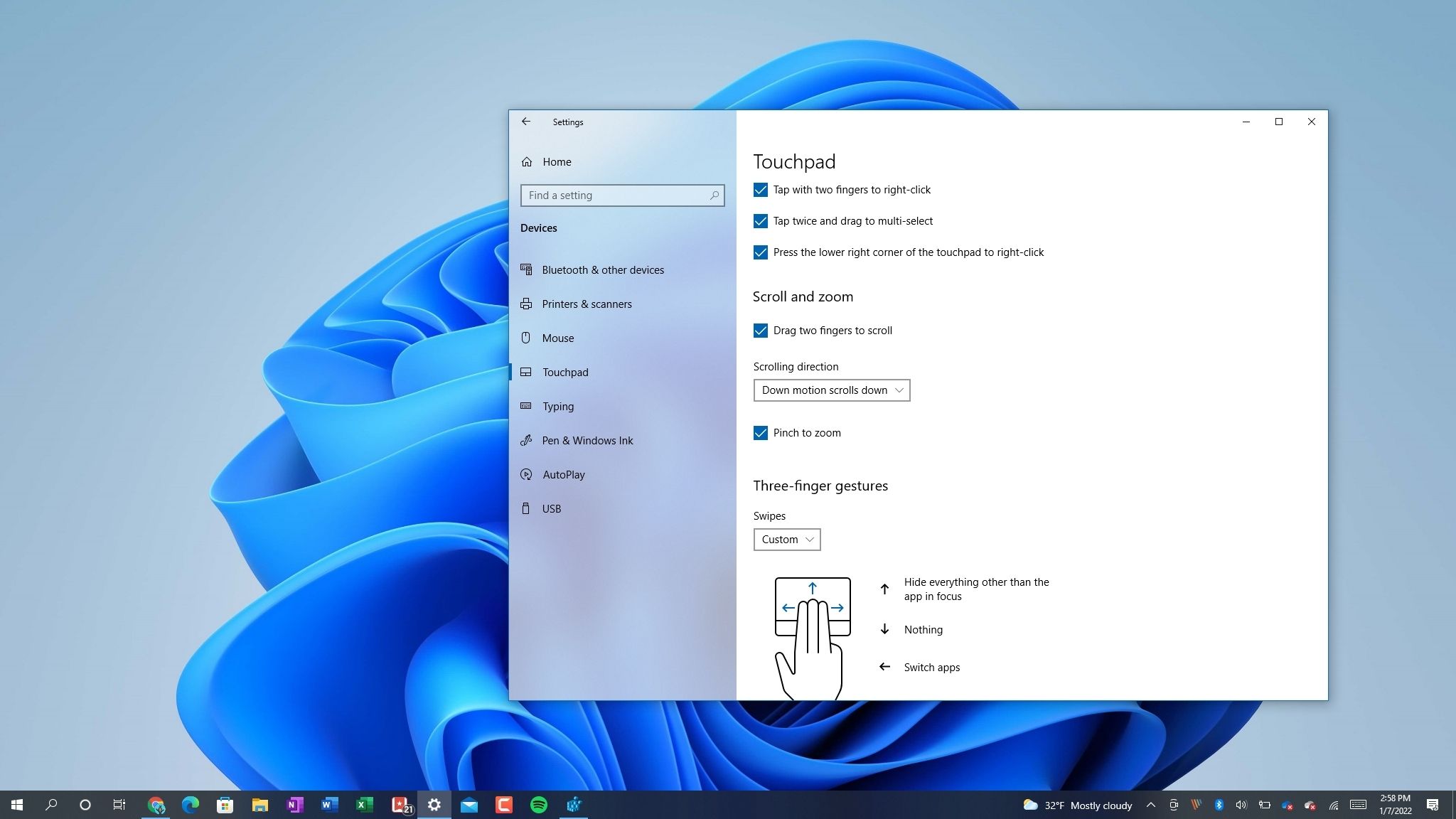Introduction
Have you ever found yourself frustrated with the scrolling direction on your Windows 10 trackpad? If you’re used to the natural or “inverted” scrolling motion found on other devices, the default settings on Windows 10 may seem counterintuitive. The good news is that you can easily reverse trackpad scrolling on Windows 10 to match your personal preference.
In this article, we will explore four different methods to reverse trackpad scrolling on Windows 10. Whether you prefer the traditional scrolling direction or the inverted scrolling motion, you’ll find a solution that suits you. These methods include using the built-in Settings menu, accessing the Device Manager, editing the Registry Editor, and utilizing third-party software solutions.
By learning how to reverse trackpad scrolling on Windows 10, you’ll be able to enhance your productivity and improve your overall user experience. Let’s dive into the various methods and find the one that works best for you.
Method 1: Using the Settings Menu
The easiest and most direct way to reverse trackpad scrolling on Windows 10 is by using the built-in Settings menu. This method allows you to quickly make the necessary changes without the need for any additional software or complex configurations.
To access the Settings menu, follow these simple steps:
- Open the Start menu and click on the gear icon to open the Settings app.
- In the Settings window, locate and click on the “Devices” option.
- Click on “Touchpad” in the left-hand menu.
Once you’re in the Touchpad settings, you’ll see various options that you can modify. Look for the “Scroll and zoom” section, which should have a toggle switch labeled “Scroll inactive windows when I hover over them.” Make sure this option is enabled.
Proceed by scrolling further down the Touchpad settings until you find the “Scrolling direction” section. Here, you can toggle the switch to enable or disable the option to “Scroll horizontally or vertically with two fingers.”
That’s it! Once you’ve made the necessary changes, you can test the new trackpad scrolling direction to ensure it’s working as desired. Experiment with different scroll gestures to ensure that the inverted scrolling motion matches your preference.
By using the Settings menu, you can easily customize your trackpad scrolling experience to suit your needs. If you find this method satisfactory, there’s no need to explore alternative solutions. However, if you encounter any issues or want to explore additional options, continue reading to discover alternative methods.
Method 2: Using the Device Manager
If the previous method didn’t provide the desired results, you can try using the Device Manager to reverse the trackpad scrolling on Windows 10. This method involves accessing the device settings and modifying the driver configurations to adjust the scrolling direction.
To use the Device Manager, follow these steps:
- Open the Start menu and type “Device Manager”. Click on the relevant search result to open the Device Manager.
- In the Device Manager window, locate and expand the “Mice and other pointing devices” category by clicking the arrow next to it.
- Find your trackpad driver listed under the expanded category. It is usually named after the manufacturer of your laptop or the specific trackpad model.
- Right-click on the trackpad driver and select “Properties” from the context menu.
- In the Properties window, navigate to the “Driver” tab.
- Click on the “Driver Details” button.
In the Driver Details window, you will see a list of driver files associated with your trackpad. Look for the file with the extension “.inf” (information) and double-click on it. This will open the INF file in a text editor.
Now, you need to search for the line starting with “HKR,,”ScrollingDirection”=”. This line determines the scrolling direction of your trackpad. To reverse the direction, change the value after the equals sign from the current setting to its opposite.
After making the necessary changes, close the text editor and click “OK” on the Properties window to apply the modifications. Restart your computer for the changes to take effect. You should now have the trackpad scrolling reversed according to your new configuration.
Using the Device Manager gives you more control over the trackpad driver settings and allows you to modify them directly. However, it is essential to exercise caution and make sure you’re adjusting the correct driver settings to avoid any unintended consequences.
Method 3: Using Registry Editor
If the previous methods did not provide the desired results, you can try using the Registry Editor to reverse trackpad scrolling on Windows 10. The Registry Editor allows you to access and modify the system settings directly, including those related to the trackpad scrolling behavior.
To use the Registry Editor, follow these steps carefully:
- Open the Start menu and type “Registry Editor.” Click on the relevant search result to open the Registry Editor.
- In the Registry Editor window, navigate to the following path:
HKEY_LOCAL_MACHINE\SOFTWARE\Microsoft\Windows\CurrentVersion\PrecisionTouchPad - Look for a registry entry named “AAPThreshold” in the right-hand pane. If you can’t find it, you may need to create it. Right-click on a blank space in the right-hand pane, select “New,” and then choose “DWORD (32-bit) Value.”
- Double-click on the “AAPThreshold” entry to open its properties.
- In the properties window, set the “Value data” field to either “1” or “0” to reverse the trackpad scrolling direction.
- A value of “1” will enable natural or “inverted” scrolling.
- A value of “0” will restore the default scrolling direction.
- Click “OK” to save the changes.
After modifying the registry, restart your computer for the changes to take effect. Once your system has restarted, test the trackpad scrolling to ensure that it has been reversed according to your preference.
Remember that the Registry Editor is a powerful tool, and making incorrect changes can have a significant impact on your system. Always be cautious when modifying registry settings and double-check the steps to ensure accuracy.
Using the Registry Editor provides a more advanced level of customization for trackpad scrolling. However, it is recommended that you create a backup of your registry or create a system restore point before making any changes to safeguard yourself against potential issues.
Method 4: Using Third-Party Software
If the previous methods didn’t yield the desired results or if you’re looking for a more comprehensive solution, you can consider using third-party software to reverse trackpad scrolling on Windows 10. Numerous software options are available that offer advanced features and customization options beyond what the built-in settings provide.
One popular third-party software solution is “X-Mouse Button Control.” This software allows you to remap mouse buttons, including the scrolling function, according to your preferences. To utilize this software and reverse trackpad scrolling, follow these steps:
- Visit the official website of “X-Mouse Button Control” and download the software.
- Install and launch the software on your Windows 10 computer.
- In the software’s interface, locate the option to remap mouse buttons or scrolling functions.
- Configure the software to reverse the trackpad scrolling direction. The exact steps may vary depending on the software you’re using.
- Save the changes and exit the software.
Once you have applied the settings using the third-party software, restart your computer for the changes to take effect. Test the trackpad scrolling to ensure that it has been reversed according to your desired configuration.
Using third-party software allows for greater flexibility and control over the trackpad scrolling behavior. These software solutions often come with additional features and customization options, allowing you to fine-tune various aspects of the scrolling experience to match your preferences.
Keep in mind that when using third-party software, it’s important to choose a reputable and trusted source. Ensure that the software is compatible with your specific Windows 10 version and always exercise caution when installing and running software from unknown sources.
Conclusion
In this article, we explored four different methods to reverse trackpad scrolling on Windows 10. Whether you prefer the natural or inverted scrolling motion, these methods provide options to customize your trackpad scrolling experience according to your personal preference.
Method 1 involved using the built-in Settings menu to quickly and easily reverse the trackpad scrolling direction. This method is ideal for users who prefer a straightforward solution without the need for additional software or complex configurations.
For those who need more control over their trackpad settings, Method 2 demonstrated how to use the Device Manager to modify the trackpad driver configurations. This method allows for direct access to the driver settings but requires careful navigation to ensure the correct modifications are made.
Method 3 introduced the use of the Registry Editor to adjust trackpad scrolling behavior. This method provides advanced customization options, but it is essential to exercise caution and back up your registry before making any changes.
Finally, Method 4 explored the use of third-party software to reverse trackpad scrolling. This option offers more comprehensive features and customization options, allowing for a tailored trackpad scrolling experience.
Remember to choose the method that suits your comfort level and always be cautious when making changes to your system settings. Test the trackpad scrolling after implementing any modifications to ensure that it aligns with your desired preferences.
By following these methods, you can enhance your productivity and improve your overall user experience on Windows 10 by customizing the trackpad scrolling behavior to match your personal preference.







